 您的购物车当前为空
您的购物车当前为空
Influenza A H3N2 Neuraminidase/NA Protein
一键复制产品信息产品编号 TMPY-02448
Influenza A H3N2 Neuraminidase/NA Protein is expressed in HEK293 mammalian cells. The accession number is C0LU95.

Influenza A H3N2 Neuraminidase/NA Protein
一键复制产品信息产品编号 TMPY-02448
Influenza A H3N2 Neuraminidase/NA Protein is expressed in HEK293 mammalian cells. The accession number is C0LU95.
| 规格 | 价格 | 库存 | 数量 |
|---|---|---|---|
| 800 U | ¥ 3,200 | 5日内发货 |
大包装 & 定制
加入购物车
TargetMol 的所有产品仅用作科学研究或药证申报,不能被用于人体,我们不向个人提供产品和服务。请您遵守承诺用途,不得违反法律法规规定用于任何其他用途。
资源下载
产品信息
| 生物活性 | Measured by its ability to cleave a fluorogenic substrate, 2’-(4-Methylumbelliferyl)-α-D-N-acetylneuraminic acid. One unit is defined as the amount of enzyme required to cleave 1 nmole of 2'-(4-Methylumbelliferyl)-α-D-N-acetylneuraminic acid per minute at pH 7.5 at 37℃. |
| 产品描述 | Influenza A H3N2 Neuraminidase/NA Protein is expressed in HEK293 mammalian cells. The accession number is C0LU95. |
| 种属 | H3N2 |
| 表达系统 | HEK293 Cells |
| 标签 | Tag Free |
| 蛋白编号 | C0LU95 |
| 别名 | NA Protein |
| 蛋白构建 | A DNA sequence encoding the Influenza A virus (A/Babol/36/2005 (H3N2)) neuraminidase (ACN50232.1) (His 36-Pro 459) was expressed, the cell lysates are collected, and bio-activity was tested. |
| 分子量 | The influenza H3N2 virus Neuraminidase comprises 424 amino acids. |
| 内毒素 | Please contact us for more information. |
| 蛋白性状 | Lyophilized powder |
| 缓冲液 | Lyophilized from a solution filtered through a 0.22 μm filter, containing PBS, 0.6% Triton X-100, 7% Trehalose, 6% Mannitol, pH 7.4. Typically, a mixture containing 5% to 8% trehalose, mannitol, and 0.01% Tween 80 is incorporated as a protective agent before lyophilization. |
| 复溶方法 | A Certificate of Analysis (CoA) containing reconstitution instructions is included with the products. Please refer to the CoA for detailed information. |
| 存储 | It is recommended to store recombinant proteins at -20°C to -80°C for future use. Lyophilized powders can be stably stored for over 12 months, while liquid products can be stored for 6-12 months at -80°C. For reconstituted protein solutions, the solution can be stored at -20°C to -80°C for at least 3 months. Please avoid multiple freeze-thaw cycles and store products in aliquots. |
| 运输方式 | In general, Lyophilized powders are shipping with blue ice. |
| 研究背景 | Neuraminidases are enzymes that cleave sialic acid groups from glycoproteins. Influenza neuraminidase is a type of neuraminidase found on the surface of influenza viruses that enables the virus to be released from the host cell. Influenza neuraminidase is composed of four identical subunits arranged in a square. It is normally attached to the virus surface through a long protein stalk. The active sites are in a deep depression on the upper surface. They bind to polysaccharide chains and clip off the sugars at the end. The surface of neuraminidase is decorated with several polysaccharide chains that are similar to the polysaccharide chains that decorate our cell surface proteins. Neuraminidase (NA) and hemagglutinin (HA) are major membrane glycoproteins found on the surface of the influenza virus. Hemagglutinin binds to the sialic acid-containing receptors on the surface of host cells during initial infection and at the end of an infectious cycle. Neuraminidase, on the other hand, cleaves the HA-sialic acid bondage from the newly formed virions and the host cell receptors during budding. Neuraminidase thus is described as a receptor-destroying enzyme that facilitates virus release and efficient spread of the progeny virus from cell to cell. Influenza antibody and influenza antibodies are very important research tools for influenza diagnosis, influenza vaccine development, and anti-influenza virus therapy development. The monoclonal or polyclonal antibody can be raised with protein based antigen or peptide-based antigen. Antibodies raised with protein-based antigen could have better specificity and/or binding affinity than antibodies raised with peptide based antigen, but the cost associated with the recombinant protein antigen is usually higher. Anti-influenza virus hemagglutinin (HA) monoclonal antibody or polyclonal antibody can be used for ELISA assay, western blotting detection, Immunohistochemistry (IHC), flow cytometry, neutralization assay, hemagglutinin inhibition assay, and early diagnosis of influenza viral infection. Sino Biological has developed state-of-the-art monoclonal antibody development technology platforms: mouse monoclonal antibody and rabbit monoclonal antibody. Our rabbit monoclonal antibody platform is one of a kind and offers some unique advantages over mouse monoclonal antibodies, such as high affinity, low cross-reactivity with rabbit polyclonal antibodies. |
计算器
引用文献
技术支持
请阅读 重组蛋白用户指南 了解更多具体信息.










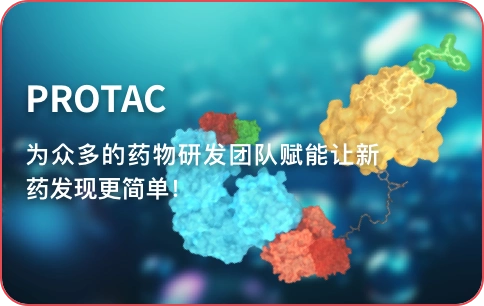
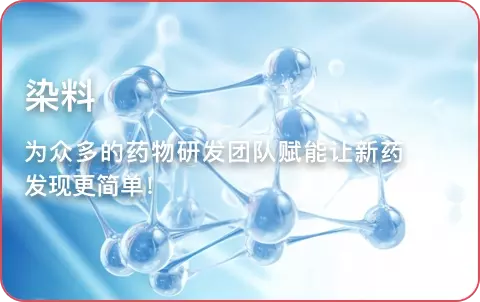



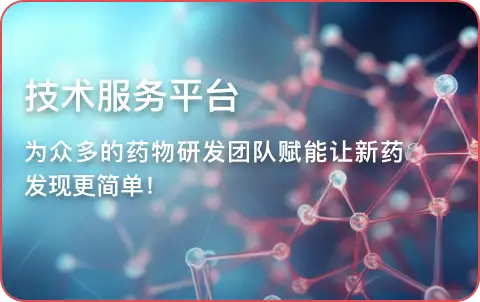
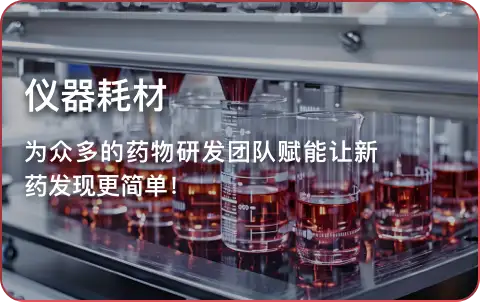
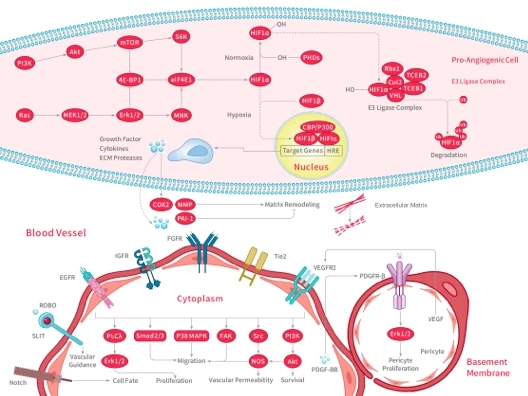
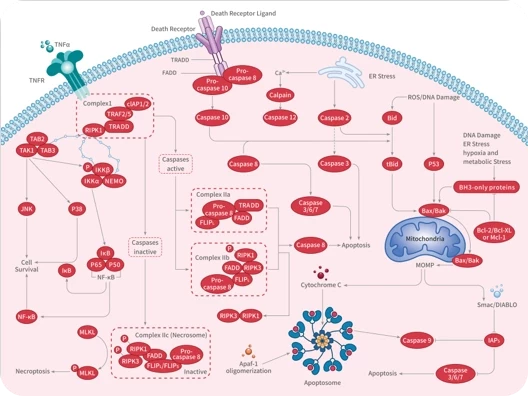
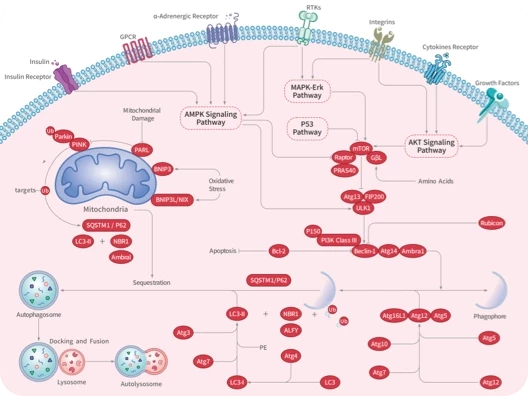

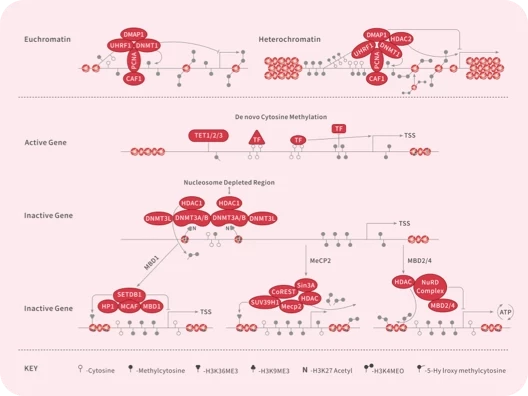

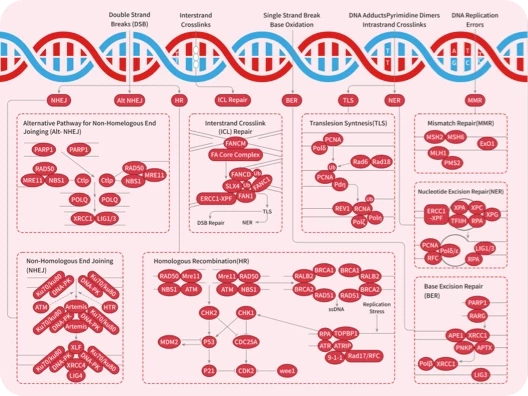
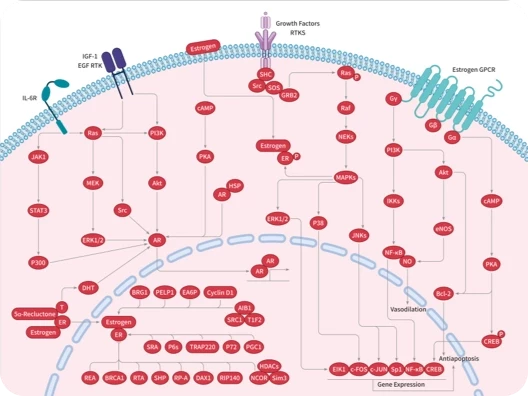
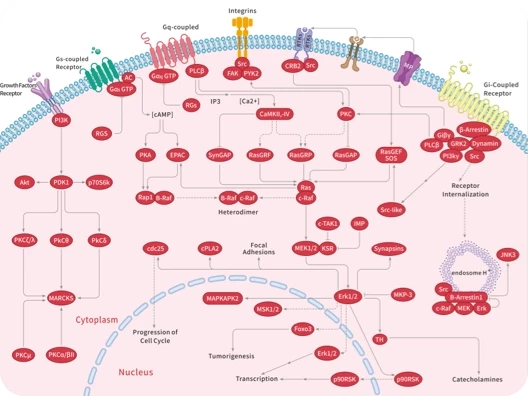
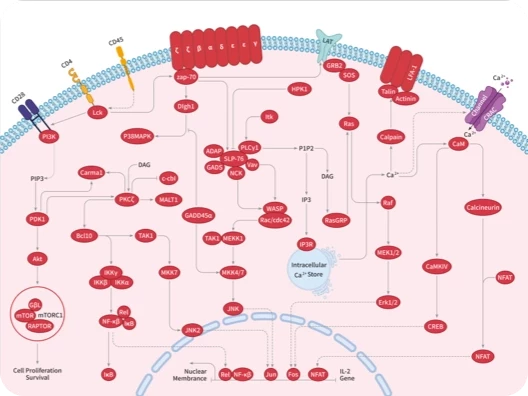
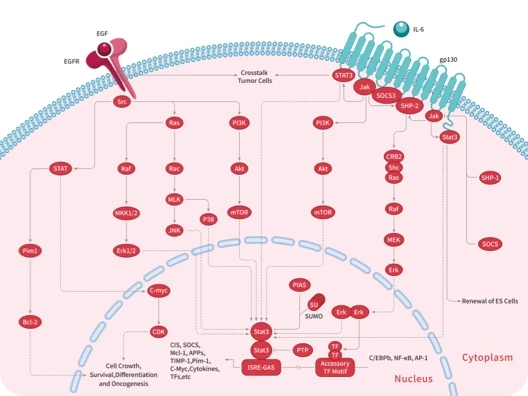
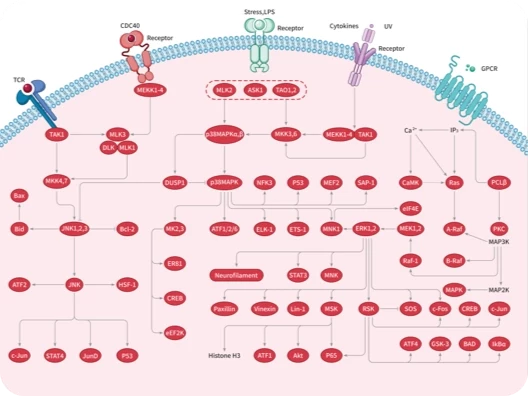
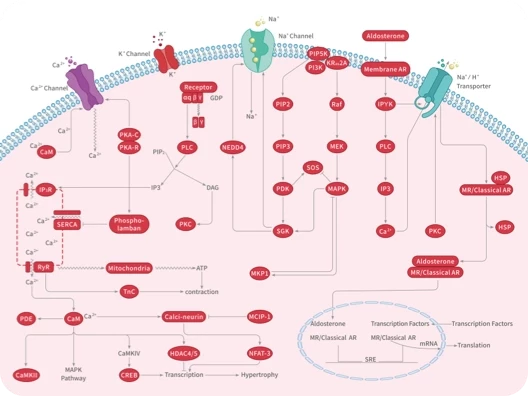
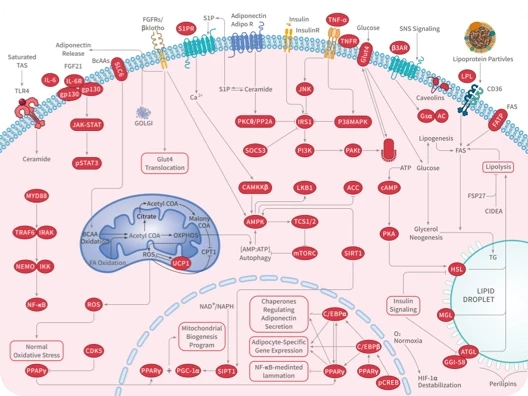
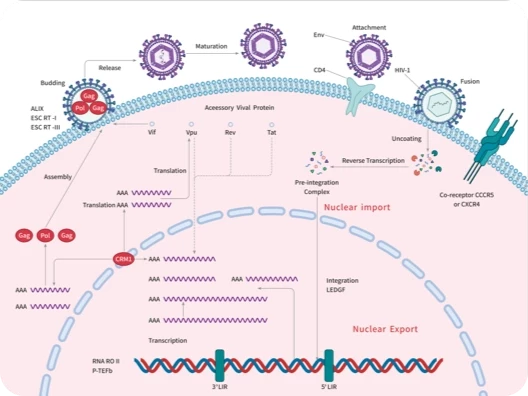

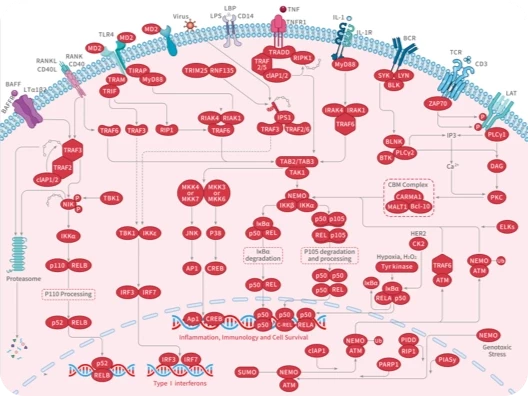

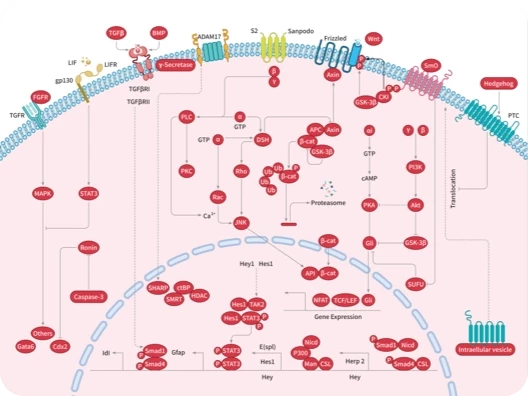
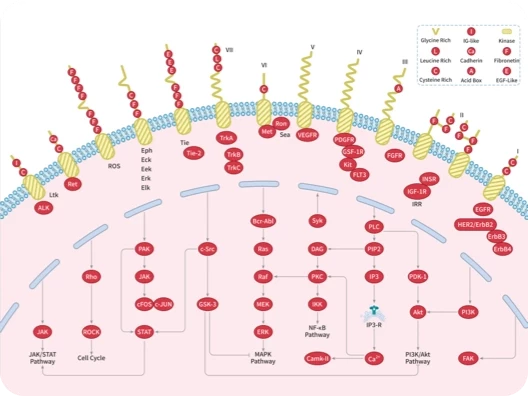
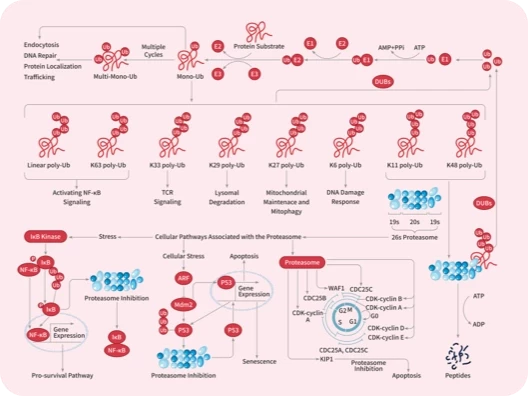


 |
|